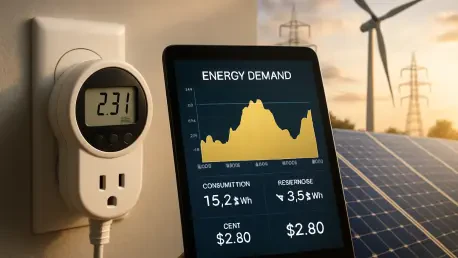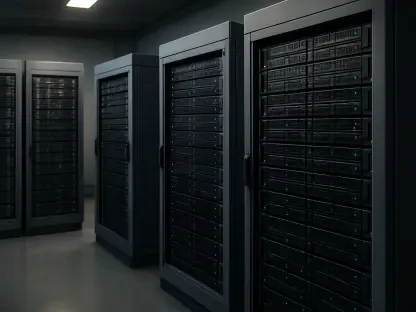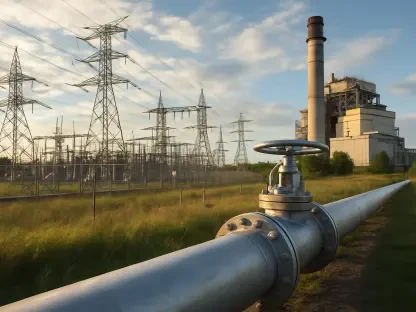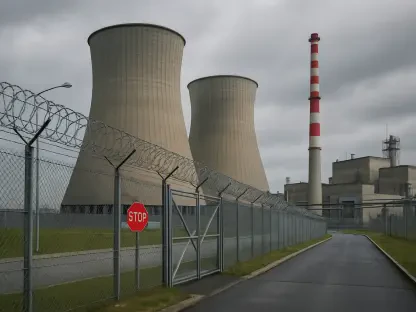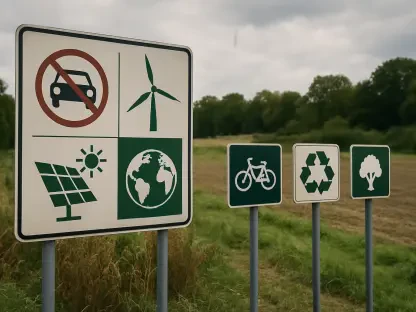The residential demand response (DR) sector stands at a crossroads, grappling with both untapped potential and significant challenges. Although the adoption rate of smart thermostats in households has seen substantial growth, with around 16% of homes now equipped, actual engagement in DR programs is disappointingly low at approximately 20% of those users. A recent report highlights that over half of non-participants are unaware of the existence of DR programs or uncertain about the specifics offered by their utilities. This lack of awareness is a critical barrier hampering the full potential of demand response initiatives in enhancing energy management.
Current State and Industry Overview
The current landscape of residential demand response programs reflects a sector poised for expansion, yet curtailed by awareness gaps and limited consumer participation. These programs are pivotal in energy management, aiding in balancing supply and demand during peak periods and reducing the need for additional power generation infrastructure. The market is influenced by various segments and burgeoning technologies, notably in smart home advancements that empower consumers to engage with energy efficiency strategies more effectively. Major industry stakeholders, including utilities and tech innovators, are working to navigate complex regulatory environments that shape the operational and innovative facets of DR programs.
Influencing Factors and Market Trends
Key Trends Shaping the Industry
Technological advancements in smart homes are reshaping consumer interactions with energy consumption. Devices that enhance automation and real-time data analysis are encouraging newer consumer behavior patterns and more dynamic participation profiles. However, sustained growth in the sector hinges upon identifying and capitalizing on market drivers like increasing environmental consciousness and the economic imperative for cost-effective energy solutions during peak usage times.
Market Data and Growth Projections
Current market data illustrates an encouraging trajectory for residential demand response initiatives, though participation remains far from optimal levels. Forecasts suggest room for considerable growth as awareness and understanding of DR programs become more widespread, leading to an anticipated uptick in user participation and data-driven enhancements in program offerings. Industry projections indicate that through strategic engagement and technological innovations, residential DR can expand significantly, particularly in areas where utility companies actively invest in participatory outreach.
Challenges and Barriers to Success
While the potential benefits of demand response programs are clear, the sector faces numerous hurdles. Limited customer awareness significantly stifles participation rates, coupled with apprehensions about external control and insufficient financial incentives. Regulatory and technological challenges present additional layers of complexity. Addressing these issues requires targeted strategies, such as enhancing communication efforts and incentivizing participation through financial rewards and consumer education campaigns that effectively articulate program benefits.
Regulatory Environment and Compliance
The regulatory landscape plays a crucial role in the deployment and success of demand response programs. Extensive regulations and standards governing these initiatives mandate compliance and set the framework for industry operations. Recent regulatory changes have had profound impacts, either facilitating or stifling innovation and adoption rates within the market. Utilities and stakeholders must remain agile, adapting to policy shifts that could reshape industry practices and bolster or inhibit growth.
Future Outlook and Industry Trajectory
Moving forward, the residential demand response sector is expected to evolve significantly with the adoption of emerging technologies and shifts in consumer behavior. Innovations in predictive modeling and enhanced targeting offer potential for more efficient energy management solutions. As economic and regulatory conditions change, they will continue to shape the industry’s trajectory, influencing both the development of new market strategies and the refinement of existing ones to better align with consumer needs and expectations.
Conclusion and Recommendations
The findings of recent industry reports underscore the critical challenge of increasing residential demand response awareness and participation. For utilities to truly harness the power of DR programs, strategic efforts must focus on enhancing consumer education and engagement through transparent, frequent communication. By doing so, they can unlock substantial growth opportunities, making demand response a cornerstone of future energy management strategies that promise both economic and environmental benefits for stakeholders across the board.
